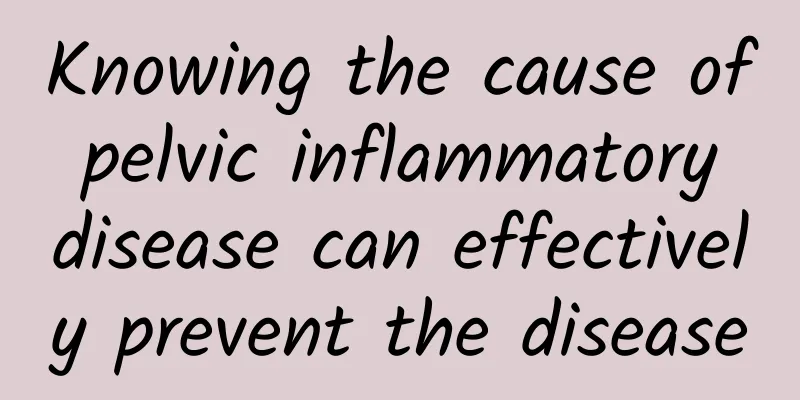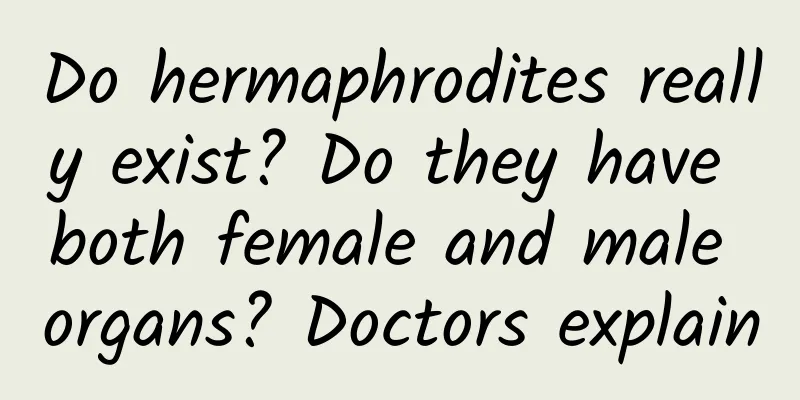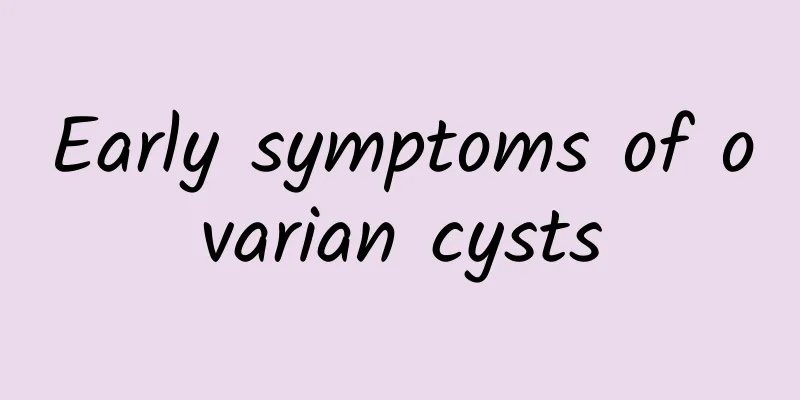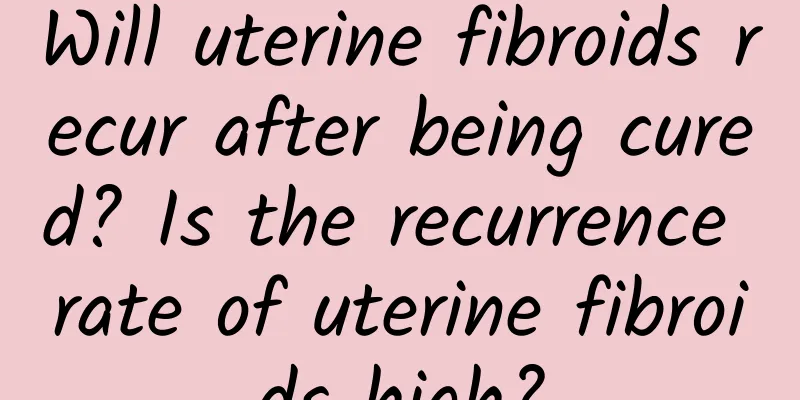What medicine is used to treat adenomyosis?
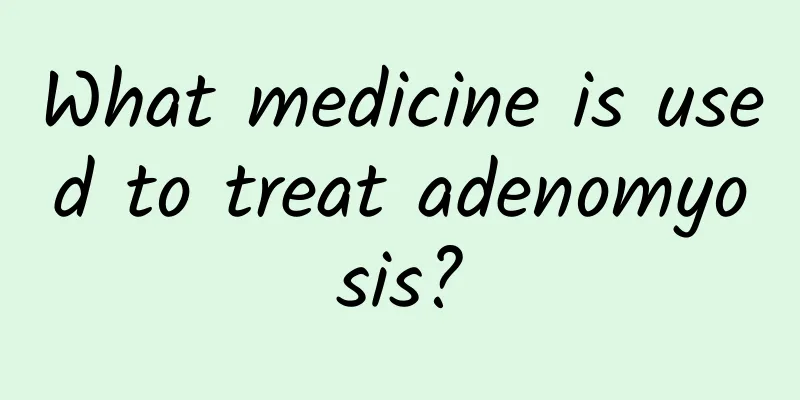
|
What medicine is used to treat adenomyosis? Many people want to know how to treat adenomyosis. Because adenomyosis is a widespread disease, it brings great suffering to everyone and endangers everyone's health. In order to avoid the occurrence of disease hazards, we need to correctly understand the disease and help everyone find targeted treatment plans. Reports on the use of drugs for patients diagnosed with adenomyosis abroad are basically case reports. Most of the reports on drug treatment in China are based on clinical and ultrasound diagnosis or postoperative review and summary. The drugs include danazol, gestrinone or gonadotropin-releasing hormone analogs. The dosage and method are the same as those for the treatment of endometriosis. Danazol or gestrinone are used to treat adenomyosis, mainly to relieve dysmenorrhea symptoms. Gonadotropin-releasing hormone analogs can make patients amenorrhea, disappear dysmenorrhea symptoms, reduce uterine volume, and there are reports of pregnancy and childbirth after stopping the drug. The efficacy of drug treatment for adenomyosis is only temporary. In recent years, there have been reports of other drugs for the treatment of adenomyosis, such as oral administration of mifepristone 10 mg//d on the 13th day of menstruation for a course of 3 months, which can make patients menopausal, disappear dysmenorrhea symptoms, significantly reduce uterine volume, and rarely have side effects. Reports on the use of drugs for patients diagnosed with adenomyosis abroad are basically case reports. Most of the reports on drug treatment in China are based on clinical and ultrasound diagnosis or postoperative review and summary. The drugs include danazol, gestrinone or gonadotropin-releasing hormone analogs. The dosage and method are the same as those for the treatment of endometriosis. Danazol or gestrinone are used to treat adenomyosis, mainly to relieve dysmenorrhea symptoms. Gonadotropin-releasing hormone analogs can make patients amenorrhea, disappear dysmenorrhea symptoms, reduce uterine volume, and there are reports of pregnancy and childbirth after stopping the drug. The efficacy of drug treatment for adenomyosis is only temporary. In recent years, there have been reports of other drugs for the treatment of adenomyosis, such as oral administration of mifepristone 10 mg//d on the 13th day of menstruation for a course of 3 months, which can make patients menopausal, disappear dysmenorrhea symptoms, significantly reduce uterine volume, and rarely have side effects. Anti-invasion, anti-angiogenesis, cytokine regulation, receptor intervention and gene therapy are expected to become new methods for the treatment of endometriosis, and research on adenomyosis has just begun. |
<<: What to do if you have stomach pain during menstruation
>>: How to treat anal itching and vaginitis
Recommend
A Suzhou-style mooncake contains a lot of oil, which takes 20,000 steps to burn.
During the Mid-Autumn Festival, when families cel...
What are the dangers of premature menopause?
What are the hazards of premature amenorrhea? Ame...
Expert answers: How to use medication for medical abortion?
Medical abortion is a method of abortion that has...
Tell you the common symptoms of ectopic pregnancy
Ectopic pregnancy is a common disease that affect...
Can chronic cervicitis be transmitted to others?
Cervicitis can be divided into acute and chronic ...
Finding out the cause of adnexitis is the key to treatment
Among the many gynecological diseases, adnexitis ...
Experts briefly introduce dietary therapy for treating dysmenorrhea
Among the common methods of treating dysmenorrhea...
Most women will get cervicitis after pregnancy? It is better to know these common knowledge about cervicitis as early as possible
After getting married, women will consider having...
The main causes of dysfunctional uterine bleeding
The main causes of functional uterine bleeding in...
How to care for adnexitis at home?
As one of the common gynecological diseases, the ...
4 pieces of carrot cake = 1 bowl of rice 3 tips for healthy eating without risking blood sugar spikes
Radish cake is one of the traditional common peop...
Eat well and you will be less likely to gain weight? The answer is here...
Have you ever had a day like this... Early in the...
Eat slimming products! 3 lotus root recipes to lose fat
[Key points]: Lotus root has a low glycemic index...
What to do if pelvic effusion occurs after uterine curettage
Curettage is a traditional artificial abortion. I...
What medicine can I take to get rid of cervical warts?
Cervical warts are a stubborn skin disease that c...


